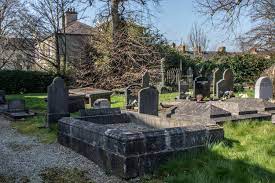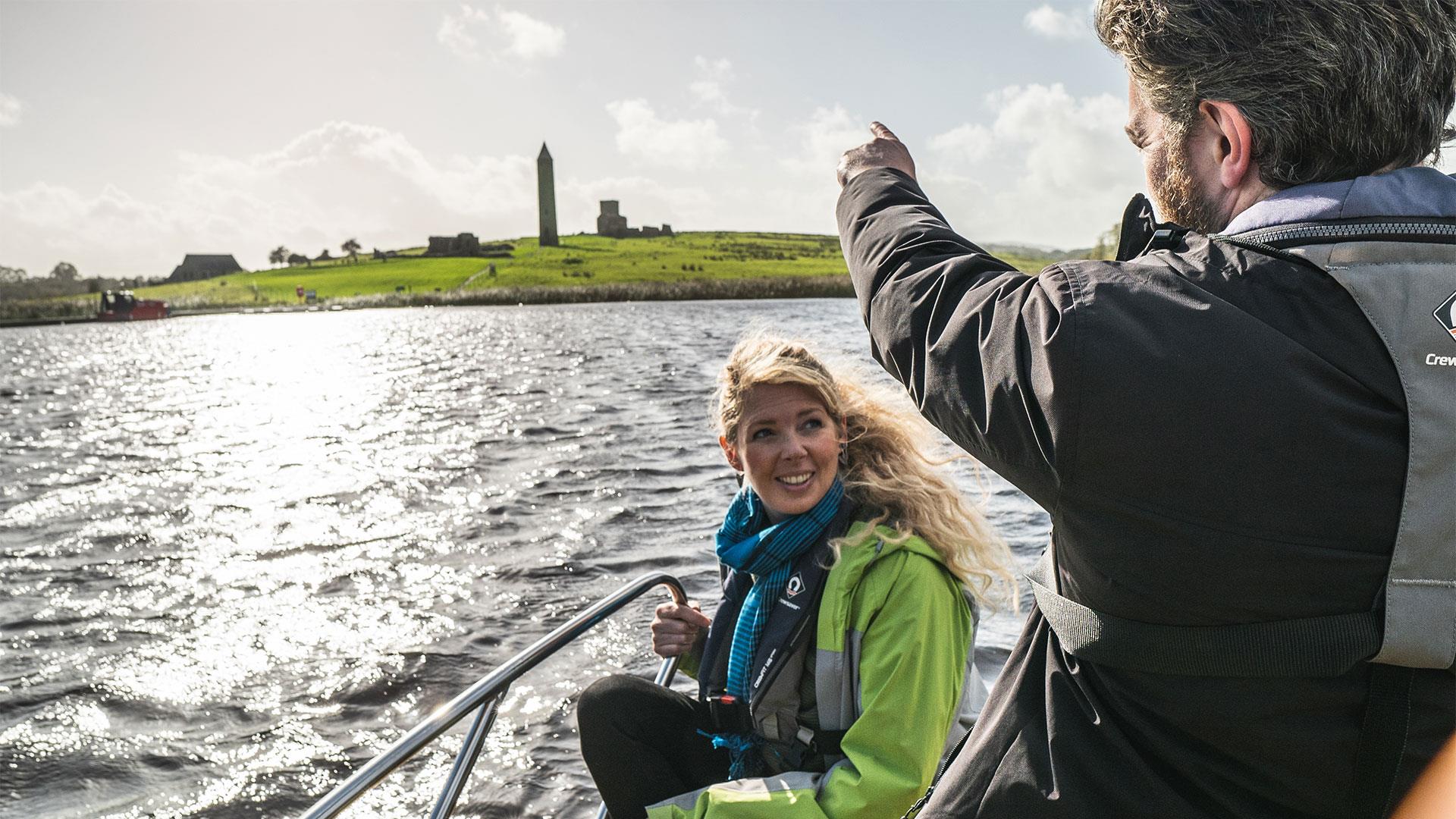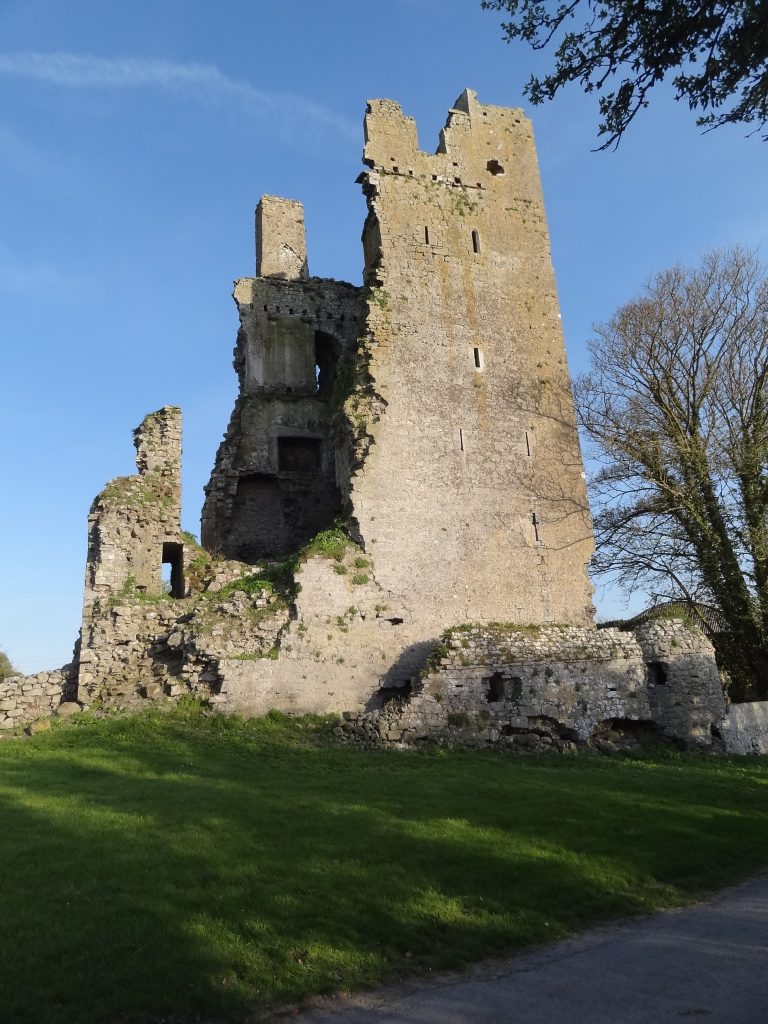County Cork Ireland | Things to See and Do

County Cork covers much of Ireland’s southwest. Its capital, Cork, is known for St. Fin Barre’s Cathedral, a neo-Gothic structure with tall spires and stained-glass windows. Across the River Lee is the castle-like Cork City Gaol, built in the 19th century. Northwest of Cork is the 15th-century Blarney Castle, home to the Blarney Stone, which is said to give the “gift of the gab”, or eloquence, to those who kiss it. ― Google
Top things to do in County Cork
- Titanic Experience in Cobh
- Kinsale
- Blarney Castle and Kiss the Blarney Stone
- Explore Cork City
- Finn Bares Cathedral
- Spike Island day trip
- Shandon Bells and Tower
- Inchydoney Beach
- Dursey Island Cable Car
- Visit the Fota Wildlife Park
COBH, IRELAND: The Titanic Experience | TRAVEL VLOG
We journeyed to the tiny, quaint, seaside town of Cobh, Ireland to see The Titanic Experience Museum. You’re given a passenger’s boarding card, and you tour the museum in the footsteps of that passenger and of the first and last passengers to leave Ireland from Cobh to travel to America. At the end, you find out if you survived. It was very well done, interesting, and poignant. Plus, the town was adorable!
Kinsale
In 1601, Irish patriots, chafing under English rule, conspired with the Spanish fleet to drive the English out. In a dramatic battle around the port of Kinsale, the Irish and Spanish were routed, and Ireland would be denied its independence for three centuries.
Blarney Castle and Kiss the Blarney Stone
THE BLARNEY STONE, BLARNEY CASTLE, IRELAND – A number of stories attempt to explain the origin of the stone and surrounding legend. An early story involves the goddess Clíodhna. Cormac Laidir MacCarthy, the builder of Blarney Castle, being involved in a lawsuit in the 15th century, appealed to Clíodhna for her assistance. She told McCarthy to kiss the first stone he found in the morning on his way to court, and he did so, with the result that he pleaded his case with great eloquence and won. Thus the Blarney Stone is said to impart “the ability to deceive without offending”. MacCarthy then incorporated it into the parapet of the castle.
The proprietors of Blarney Castle list several other explanations of the origins of the stone on their website. Many of these suppose that the stone had previously been in Ireland, was taken to Scotland and then returned to Ireland in 1314. The stories listed include one suggesting that the stone was presented to Cormac McCarthy by Robert the Bruce in 1314 in recognition of his support in the Battle of Bannockburn. This legend holds that this was a piece of the Stone of Scone and was installed at McCarthy’s castle of Blarney. Although colourful, this folk legend does not account for the fact that it supposes that the stone was removed from Scotland 18 years before Bannockburn. Moreover, analysis by geologists at the University of Glasgow in 2014 found the stone’s geochemical signature matches local limestone.
Explore Cork City
CORK, IRELAND – is the second largest city in Ireland, located in the south-west of Ireland, in the province of Munster. Following an extension to the city’s boundary in 2019, its population is c. 210,000. The city centre is an island positioned between two channels of the River Lee which meet downstream at the eastern end of the city centre, where the quays and docks along the river lead outwards towards Lough Mahon and Cork Harbour, one of the largest natural harbours in the world. Originally a monastic settlement, Cork was expanded by Viking invaders around 915. Its charter was granted by Prince John in 1185. Cork city was once fully walled, and the remnants of the old medieval town centre can be found around South and North Main streets. The third largest city by population on the island of Ireland, the city’s cognomen of “the rebel city” originates in its support for the Yorkist cause in the Wars of the Roses. Corkonians sometimes refer to the city as “the real capital”, a reference to its opposition to the Anglo-Irish Treaty in the Irish Civil War – wikipedia
Saint Fin Barre’s Cathedral
Saint Fin Barre’s Cathedral (Irish: Ardeaglais Naomh Fionnbarra) is a Gothic Revival three-spire cathedral in the city of Cork, Ireland. It belongs to the Church of Ireland and was completed in 1879. The cathedral is located on the south side of the River Lee, on ground that has been a place of worship since the 7th century, and is dedicated to Finbarr of Cork, patron saint of the city. It was once in the Diocese of Cork; it is now one of the three cathedrals in the Church of Ireland Diocese of Cork, Cloyne and Ross, in the ecclesiastical province of Dublin.
Christian use of the site dates back to a 7th-century AD monastery, which according to legend was founded by Finbarr of Cork. The original building survived until the 12th century, by when it had either fallen into disuse or been destroyed by the Normans. Around 1536, during the Protestant Reformation, the cathedral became part of the established church, later known as the Church of Ireland. The previous building was constructed in the 1730s, but was widely regarded as plain and featureless.
The cathedral’s demolition and rebuild was commissioned in the mid-19th century by an Anglican church intent on strengthening its hand after the reforms of penal law. Work began in 1863, and resulted in the first major commissioned project for the Victorian architect William Burges, who designed most of the cathedral’s architecture, sculpture, stained glass, mosaics and interior furniture. Saint Fin Barre’s foundation stone was laid in 1865. The cathedral was consecrated in 1870 and the limestone spires completed by October 1879.
Spike Island day trip
This brand new 360 degree immersive video as part of the ‘Island Ferry Tales’ series takes you on a trip to Cork’s famous Spike Island. Explore the sights, stories and rich heritage of this fantastic award winning Irish tourist attraction.
Shandon Bells & Tower
This drone footage shows Shandon Bells & Tower St Anne’s Church off Shandon street in cork city. This 18th century tower is a must see for any tourist visiting cork city. Ironically even though the tower has four large clocks it is rare to see them all telling the same time hence its nickname ( the four faced liar) 🤥
Inchydoney Beach
short aerial video of Inchydoney Beach, Clonakilty, West Cork, Ireland.
Inchydoney has been awarded the prestigeous title of Irelands best beach several times now. Inchydoney beach is a blue flag beach in beautiful West Cork.
Dursey Island Cable Car
The cable car from Ireland to Dursey Island is the only cable car in the country. This video explains the why’s and how’s of this weird transport method.
Visit the Fota Wildlife Park
A maritime history spanning over a thousand years, set in a beautiful soft coastal environment where land, the people and their culture will allow you to discover a quirky way to stimulate your senses – That’s Pure Cork!
Fota Wildlife Park is a 100-acre wildlife park located on Fota Island, near Carrigtwohill, County Cork, Ireland. Opened in 1983, it is an independently funded, not-for-profit charity that is one of the leading tourism, wildlife and conservation attractions in Ireland.
Get up close and personal with the animals by taking a behind-the-scenes tour at Fota Wildlife Park. Perfect for families and small groups, you can feed and care for the animals, and find out all about the habitats they live in.
These tours are the very definition of “Fun for all the Family!”
Just don’t forget your raincoat and wellington boots!
Help your kids learn about the Counties of Ireland – Download the FREE Worksheet below





